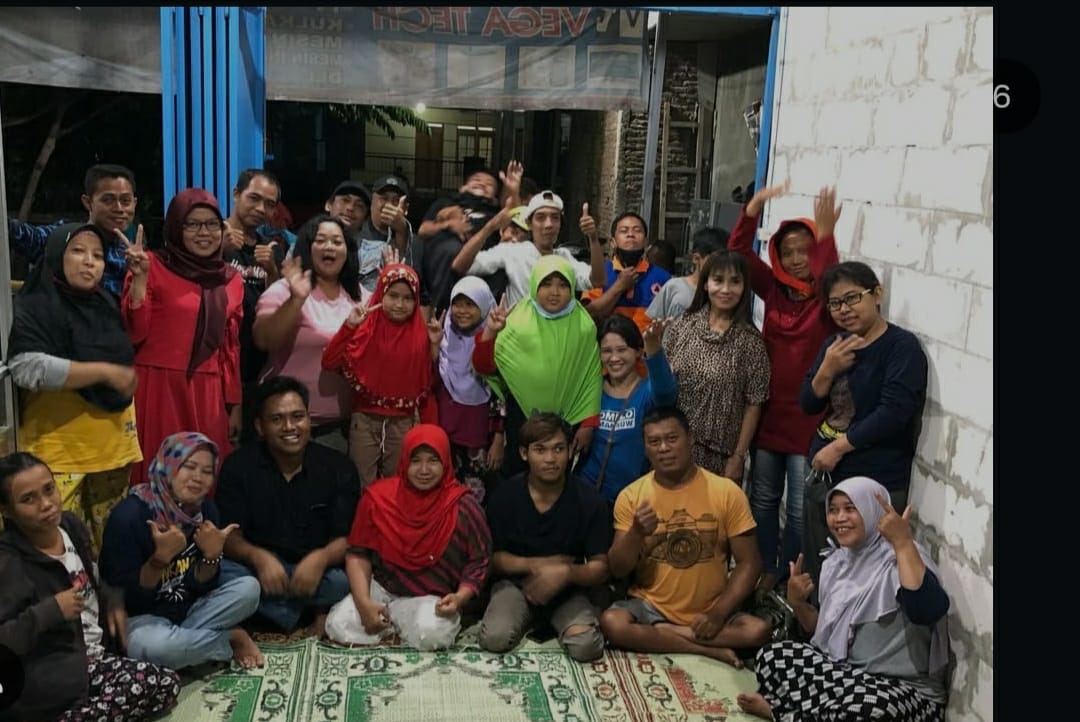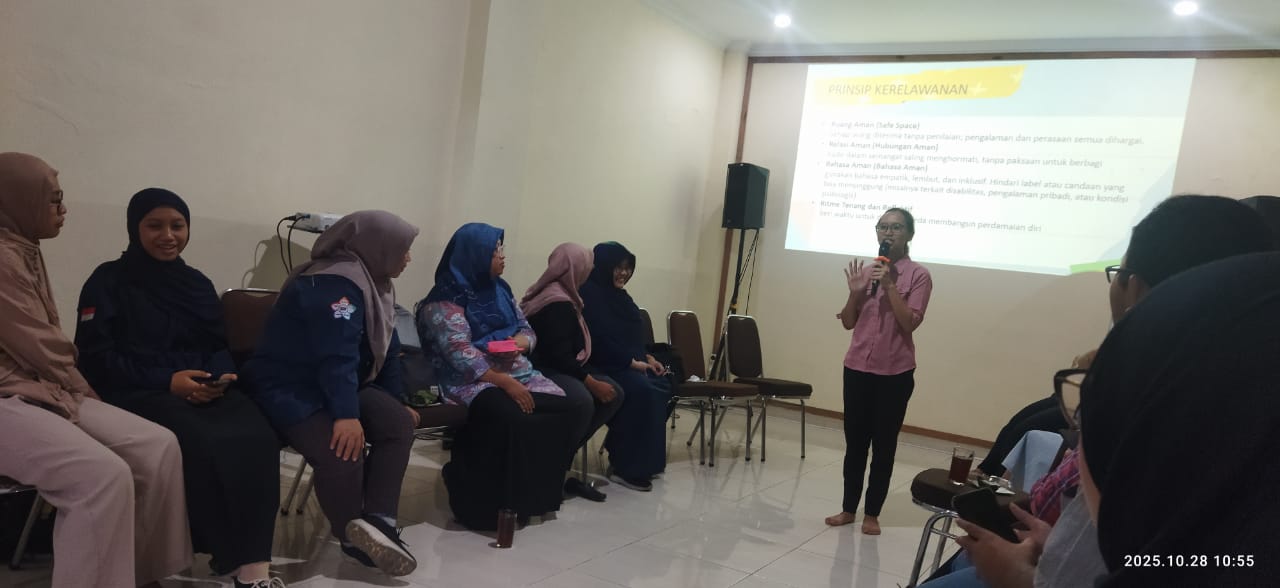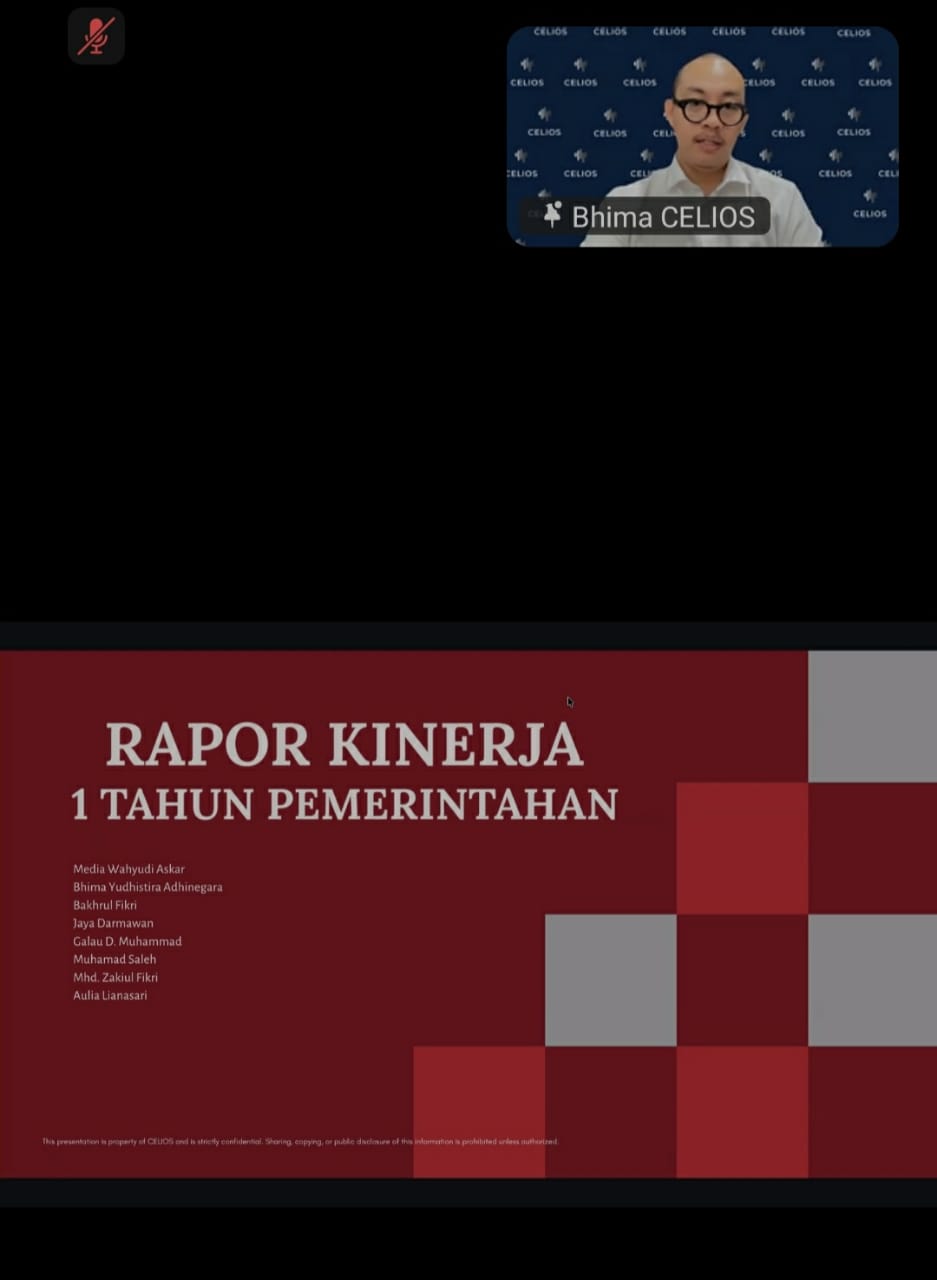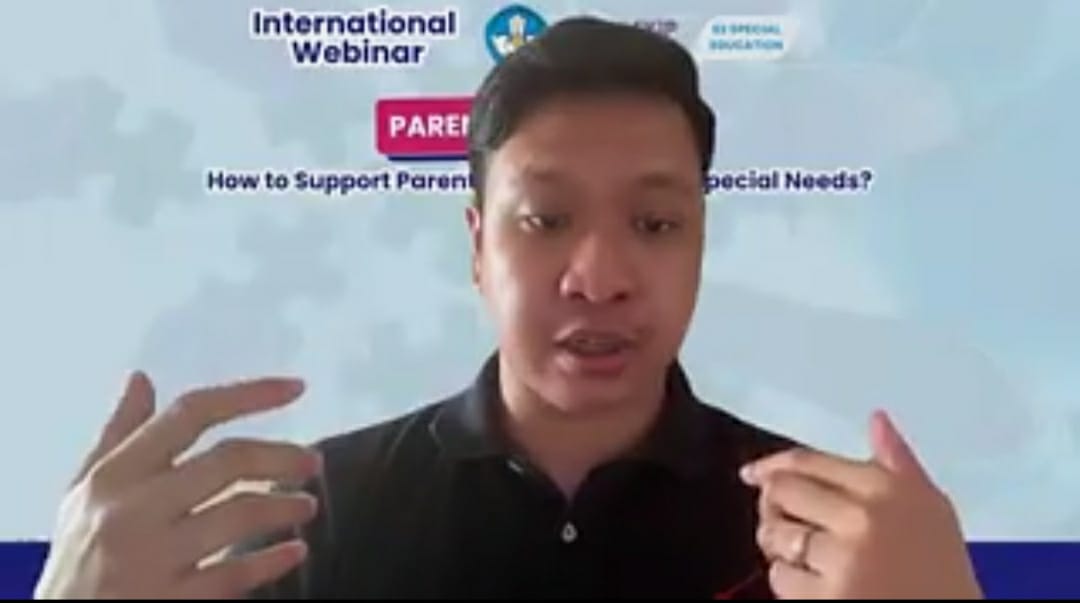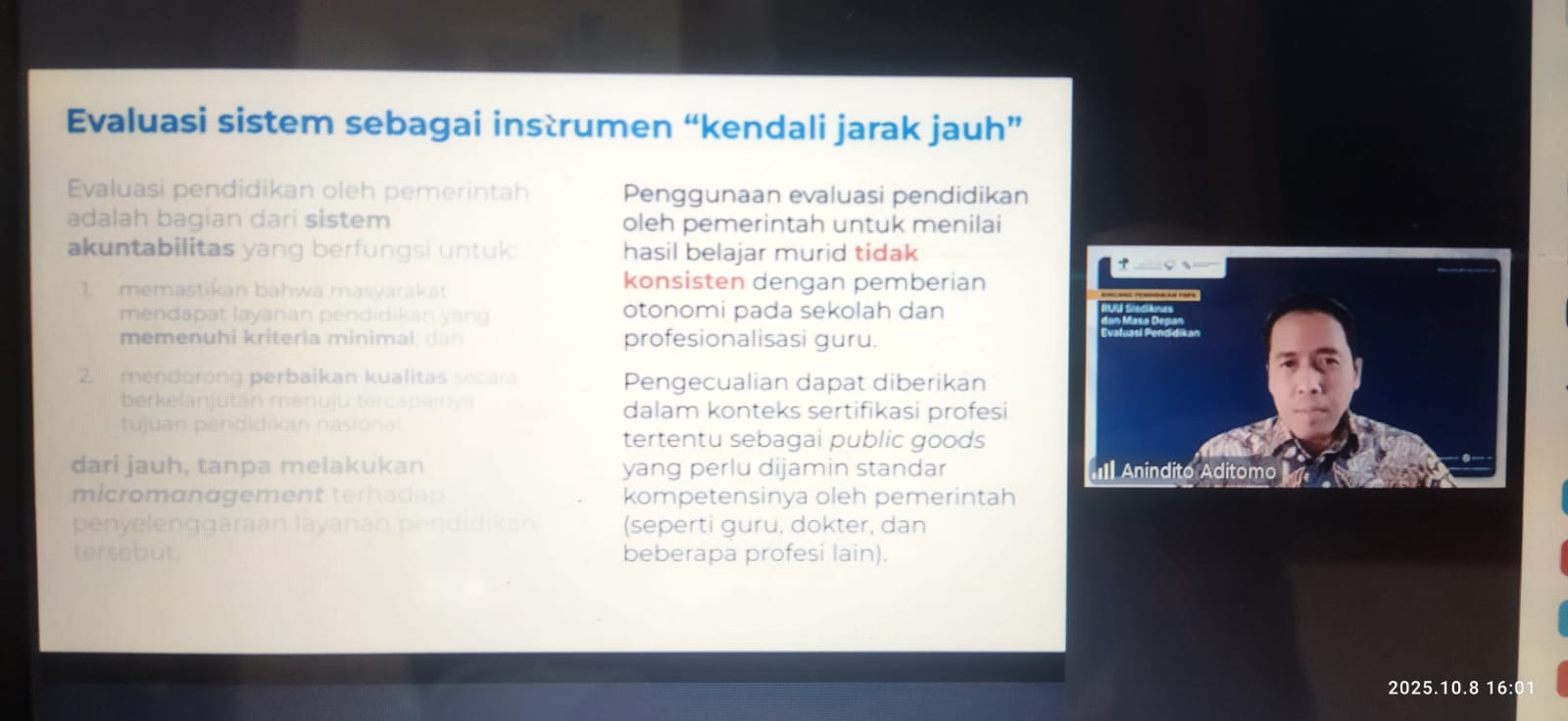Case 130/PUU-XXIII/2025 proceeded into review No-5 with an agenda to examine witnesses and experts presented by the applicant. The session proceeded on Tuesday (21/10/2025). The session looked at an application for a judicial review of Law No. 8 Year 2016 on People with Disability submitted by Raissa Fatikha and Deanda Dewindaru – two survivors of chronic diseases – whose rights were not guaranteed because their chronic diseases were not recognised explicitly in the definition of disability. Though not physically visible, the diseases should be recognised anyway as a form of disability.
In the session on preliminary examination on 13 August, applicant Raissa Fatikha said that she was a survivor of Thoracic Outlet Syndrome (TOS) for ten years.
Now, she experienced continuous pain in her hands, shoulders, and right chest with fluctuating intensity that limited her mobility although she kept herself active in public education about the disease.
Raissa continued that the condition was similar to what other applicant, Deanda Dewindaru experienced with her Guillain-Barré Syndrome, Sjögren’s Disease, immune system and Inflammatory Bowel Disease for the last three years.
As stated by one of the applicants’ witnesses, Fadel Noorandi, survivor of Talasemia Mayor, who was present at the Session No. 5. He lived with a need for life-long blood transfusion with serious side effects, such as chronic fatigue, enlarging organ(s), and other bodily function disorders. Fadel said how the challenges he felt were not physically obvious, but nonetheless limited his involvement in education and employment.
“Many of us were rejected when applying for employment after medical test, although we could be as productive as other people when given appropriate accommodation,” said Fadel.
He emphasised that people with disability were not only those with wheelchairs or walking sticks, but also those with challenged functional ability due to chronic illnesses such as cancer, autoimmune diseases, or talasemia. Unfortunately, this did not have the affirmative legal recognition in Article 4 Point 1 Law No. 8 Year 2016, which applicants saw too narrow to define physical disability.
“If we have to explain every time that our disease/illness leads to bodily function challenges, we feel so exhausted – not only against the disease/illness itself, but also to continually explain about our rights,” said their legal advocate, Reza, during Session No. 4.
In that session, member of Parliament Commission III, Sari Yuliati was virtually present and said that there should be a clinical assessment to define the disability status. As medica professionas, doctors were competent and had the authority to assess whether a chronic disease met the criteria for disability.
She reminded that not all chronic diseases led to functional challenges, and broadening the definition of disability without clear boundary would make it difficult for policy implementation. DPR Sari continued that the Indonesian Parliament did not see any constitutional infringement in the explanation to Article 4 Point (1) of the Law on Disability. It also asked the Constitutional Court to reject the application completely.
Unlike the experts proposed by the applicants (Bahrul Fuad), National Women’s Rights Commissioner Purna and disability rights activist explained that the legal approach to disability should not return to the narrow medical orientation. “Disability is not just about bodily condition, but interaction between challenges/limitation that a person had and the environmental challenges. When the State only acknowledged disability as it appeared, then it neglected millions of people who had unseen challenges/limitations,” said Bahrul.
Bahrul gave an example of how to use the Washington Group Questions (WGQ) that emphasised functional barriers, rather than medical diagnosis. She opined that the Law emphasis on ‘mobility issues’ to refer to physical disability as outdated.
Another statement from another expert, M. Joni Yulianto from SIGAB Indonesia, emphasised that the issue was not about label, rather about access. The recignition that chronic disease was a type of disability was not meant to open up for new claims, but rather to ensure that the State could protect those who faced life challenges. “We could not just let people with chronic diseases in the grey area. The law had been in place for almost a decade, yet there was still no definitive room,” said Joni. He said that the narrow interpretation only maintained injustices. He stated unambiguously that widening the meaning of disability did not mean that chronic diseases automatically were included in the category, rather it opened an opportunity for a just and incusive assessment. (Ast)








